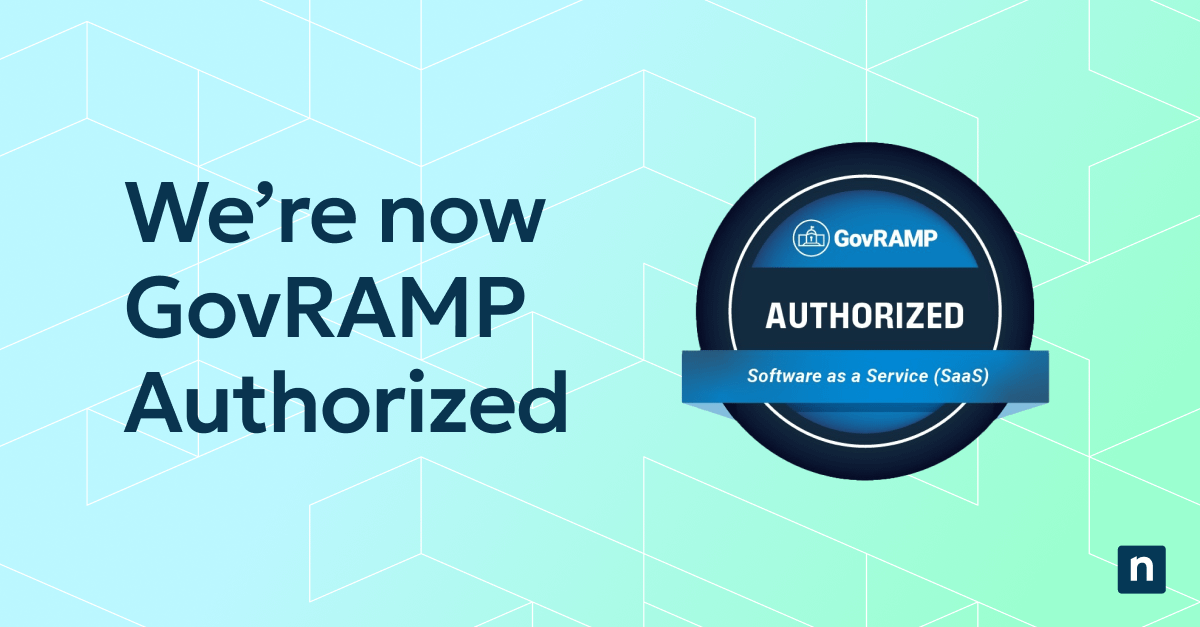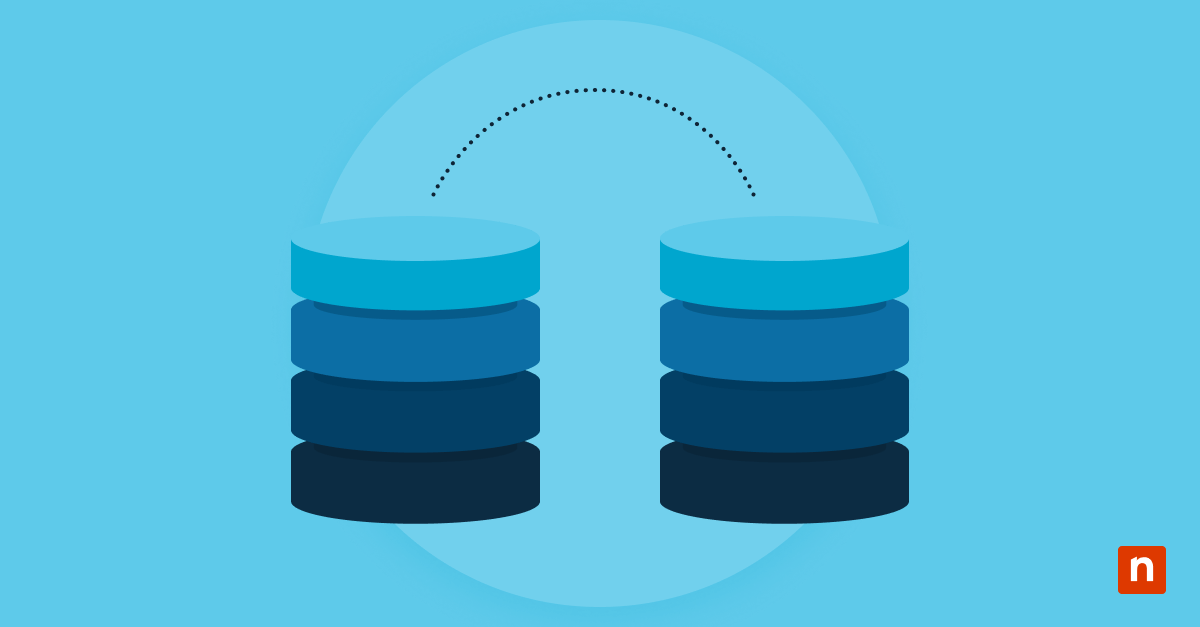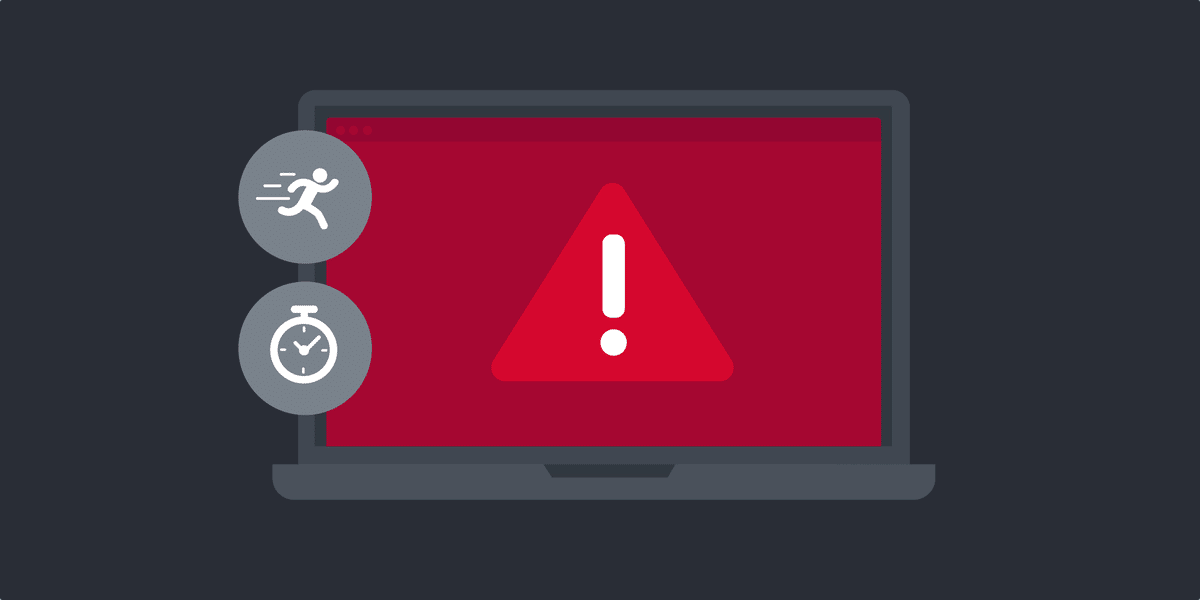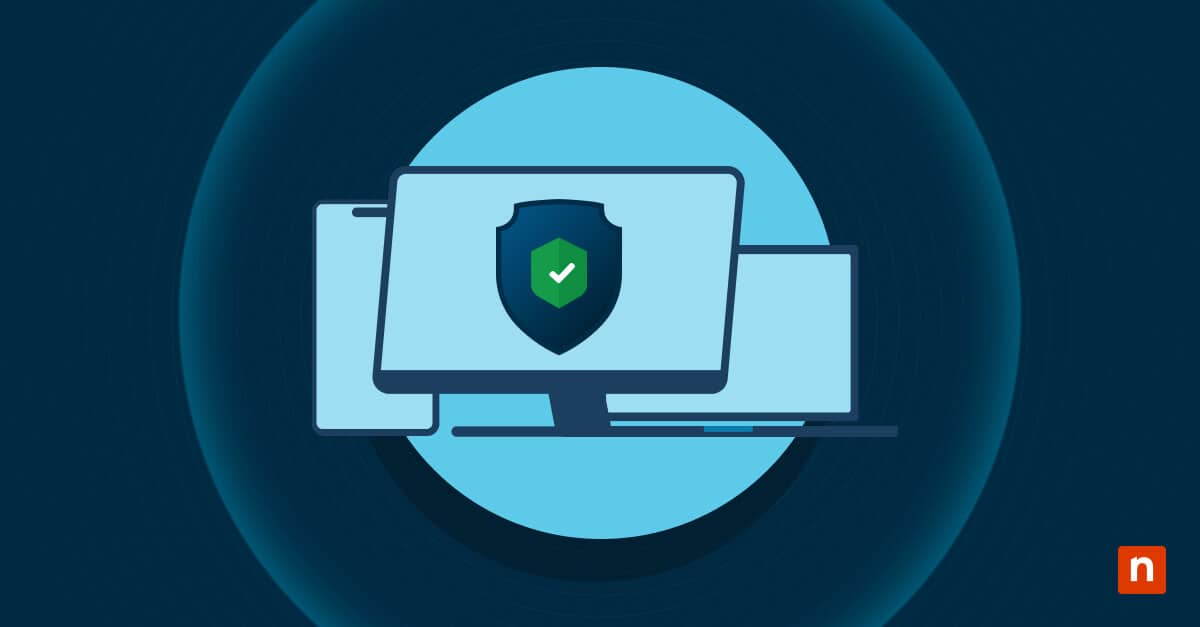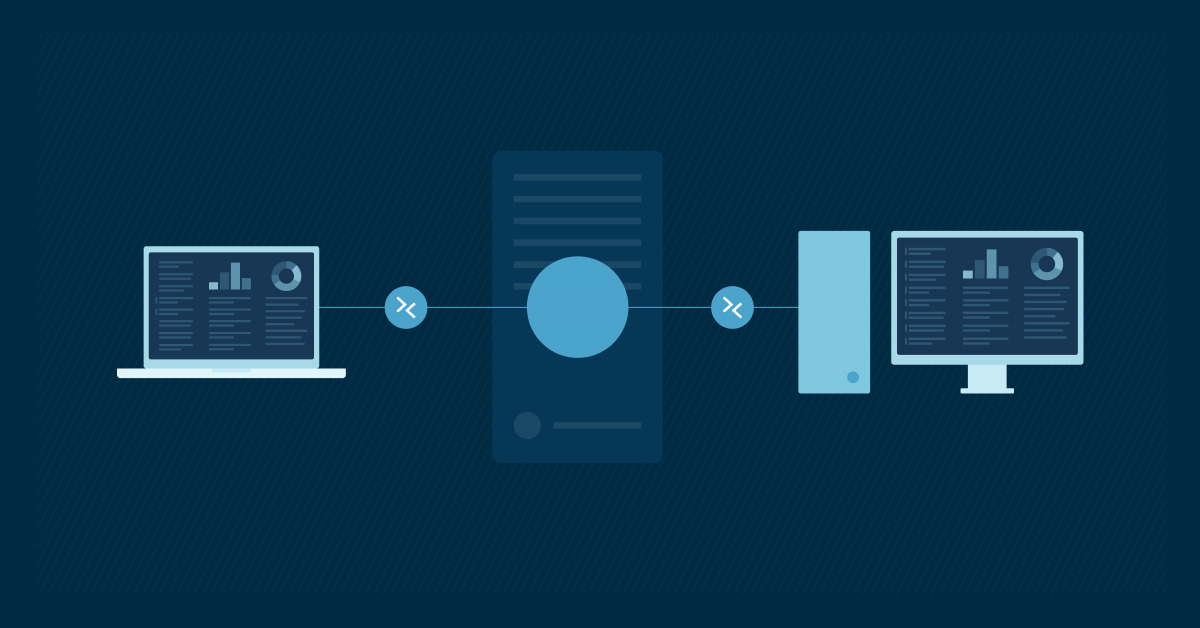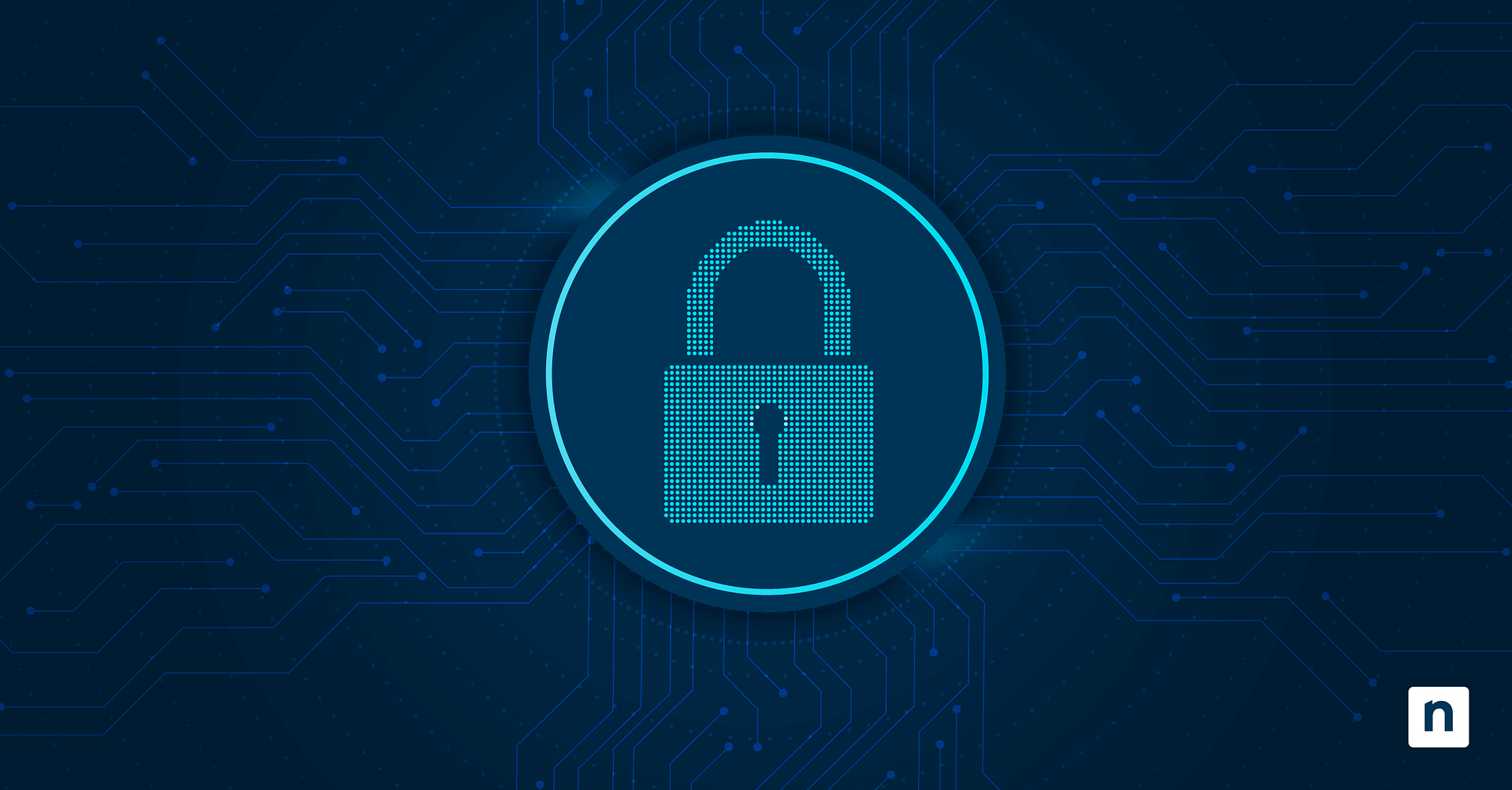Key Points
- Customer Data Protection Defined: This refers to the strategies, tools, and policies used to secure personally identifiable information (PII)—including names, emails, financial details, and behavioral data—from cyber threats and unauthorized access.
- Why Customer Data Security Matters: Protecting customer data mitigates legal risk (e.g., GDPR, CCPA), reduces financial exposure, safeguards brand reputation, and maintains consumer trust.
- Critical Compliance Requirements: Organizations must comply with global data privacy laws like GDPR (EU), CCPA (California), HIPAA (healthcare), and PCI-DSS (payment data) or face regulatory penalties and lawsuits.
- How to Protect Customer Data: Effective customer data protection strategies include access controls, data masking and anonymization, secure storage and transfer, real-time monitoring, regular security audits, employee training, and an incident response plan.
- Customer Data Protection Best Practices: As a best practice, businesses should update their encryption standards regularly, limit data access, use password managers, collect only necessary data, destroy unnecessary data, promote an organization-wide privacy culture, and be transparent with their customers to protect their data at all times.
Customer data protection is important to every business that wants to protect its financial security and its reputation — whether you’re a managed service provider (MSP) or an internal IT team member.
When talking to your clients, you’ll probably tell them that a huge reason why protecting customer data is mission critical is because their entire business depends on it. If they’re vulnerable to hacking or data loss, they’re setting themselves up for fines, hits to their reputation, lawsuits, and a strong chance of losing their business altogether.
You might even tell them about a case study like Equifax, whose infamous data breach cost them $4 billion in market value. The FTC also fined Equifax $700 million and the business is still dealing with remediation and negative press from the event.
IT professionals tell stories like these all the time, but many forget how important protecting customer data is to their own businesses and allow it to become an afterthought. In this article, we’ll discuss the nature of customer data protection, and why it matters to everyone, as well as and share some expert guidance on how to protect customer data.
NinjaOne’s all-in-one IT management platform helps you protect, monitor, and secure customer data with ease.
What is customer data protection?
Customer data protection is a concept that revolves around the security and privacy tools and methods used to safeguard information collected from clients. This includes any collected marketing data, financial data, and information about their behaviors — all of which can be very
valuable to hackers.
For MSPs and IT administrators, customer data can also include login credentials and IT management information. Protecting this is essential, as an organization’s client data can serve as “the keys to the castle” for hackers who want to infiltrate their clients’ networks.
Why is protecting customer data important?
When discussing customer data protection, we usually refer to something important to data privacy called personally identifiable information (PII). This is any information that can directly identify individuals, such as their names and addresses, email addresses, financial data, copies of state-issued IDs, credit card numbers, and or IP addresses.
Because PII is so sensitive and protecting it is vital to the privacy and safety of every individual, a comprehensive data protection strategy becomes essential. Here are key reasons why every organization needs to develop a comprehensive client data protection plan, regardless of their size:
Compliance with laws and regulations
Data protection regulations differ considerably from country to country, but it’s important to remember that they apply to the location of the citizen, not the entity collecting or processing the data. It’s likely that any business with an online presence will have to adhere to legislation such as GDPR (in the case of EU citizens) or CCPA (for Californian citizens). Many of these regulations are quite strict and failure to comply with them will result in hefty fines.
Customer trust and brand reputation
Consumers view a data breach as a breach of trust. Like it or not, people who hand over their personal information to a business expect that it will be protected — and collectively they’re not quick to forgive mistakes. In fact, a 2021 study run by YouGov stated that 66% of global consumers expressed concerns over tech companies’ control over their data in that year.
Some major brands that have had lapses in protecting their client’s data have suffered immensely from the PR fallout, with some even facing class-action lawsuits from their customers.
Time and productivity loss
Ignoring the need for customer data protection can have a major impact on business processes later on. Aside from the financial, legal, and reputational consequences of a potential mistake, many hours and resources are being spent investigating incidents and then fixing them. If this causes assets to be shifted away from other operations, it can mean serious downtime throughout the organization.
7 principles of data protection
As mentioned earlier, failing to comply with data protection regulations can result in fines and even hits to a business’s reputation. To get a good idea of how to begin protecting your customers’ PII, Article 5 of the GDPR outlines the seven principles of data protection, which are as follows:
- lawfulness, fairness, and transparency,
- purpose limitation,
- data minimization,
- accuracy,
- storage limitation,
- integrity and confidentiality, and
- accountability.
Keeping these principles in mind is incredibly helpful in devising a data protection plan for your organization, but knowing the kinds of customer data you need to protect is equally crucial—as enumerated below.
Four types of client data
1) Master data
Master data involves key information shared across the enterprise to facilitate high-level business processes. Master data management is the practice of responsibly managing and processing master data according to the organization’s needs.
Consider master data the functional data for businesses. It includes things like master lists of customers, products, and vendors organizations should think of the client data in their CRM and RMM. This type of data is often considered mission-critical for the business, and often needs to be shared and accessible across the company, while also remaining secure.
Master data is specifically created, managed, and stored in such a way that it can be accessed for necessary business processes or functions. An example would be a CRM database that is integrated with other applications so that client and prospect lists can be viewed and used by the marketing department, sales team, and through an RMM integration the techs on the team.
2) Transactional data
Transactional data is typically created, stored, and utilized in operational and/or transactional contexts including banking or invoicing transactions. Safe processing and storage requirements for transactional data vary amongst industries. For an e-commerce company that sells a product online, this usually includes data regarding customer shopping and purchasing behaviors, as well as actual payments and fulfillment data. In accordance with the Payment Card industry Data Security Standard (PCI-DSS), customers’ payment card data should remain private and compliant. Vendor banking/payment information should be protected as well.
Transactional data tends to run on a much larger scale than other types of data due to volume balanced against its potential value to a hacker. Ensuring the privacy and security of this data and the associated PCI is of key importance when managing the policies and processes surrounding it.
3) Reference data
Reference data is stable information that categorizes data, correlates it with consistent values, and follows relatively fixed internal and/or external standards.
By nature, reference data tends to stay the same or change very slowly over time. Examples include parts and product lists, breakdowns of customer segments, vendor contact lists, and internal process documentation.
4) Freeform data
Freeform data, also known as unstructured data, is not organized or formatted in a predefined manner. Any data that is not stored in a spreadsheet, table, or database that is easily referenced by a computer is considered freeform.
Think about a simple contact form on a website. Fields like “Name” and “Email” can be understood by computer automation and instantly used by other applications, whereas entries into “Comments” will be considered freeform.
Freeform data can also include documents, blog posts, journal articles, emails, surveys, reviews and feedback, social media posts, and phone scripts. Because freeform data is as open-ended as human creativity, it is the most difficult to process and analyze.
Who is responsible for protecting client data?
While we know MSPs and IT teams have a responsibility to protect their customer data – what about the customers themselves? What is their level of responsibility in protecting their own data?
A litany of past surveys show that consumers believe their responsibility to secure their data is minimal. Instead, they believe that the responsibility for keeping their PII safe falls almost entirely on the companies they share data with.
Consumers are more concerned with convenience, as evidenced by a Norton study showing that in 2022, 59% of global owners of connected devices stated that they’re worth the risk of PII exposure, so they tend to leave concerns about security up to the businesses offering the services. And as we discussed before, they can be pretty adamant about their stance. The majority of consumers say “they would stop using a retailer (60%), bank (58%), or social media site (56%) if it suffered a breach, and 66% said they would be unlikely to do business with an organization that experienced a breach where their financial and sensitive information was stolen”.
In effect, these responses mean that consumers are willing to take risks when it comes to their security and privacy but are quick to blame the business if something goes amiss.
The greater problem here is that pointing fingers does nothing to confront the real challenges of privacy and security. While government regulations and data breach disclosure laws hold companies responsible for protecting data, consumers need to take advantage of current ways to protect themselves.
Even small steps can help the consumer take control of their own security. Enabling two-factor authentication, avoiding temptation when sharing life details on social media, and using strong passwords are all simple steps — but consumers must be willing to take the hit to convenience to leverage them.
How to protect customer data
1. Implement strong authentication and access controls
A simple yet efficient way to protect customer data protection is through robust access controls that allow an organization to control who can manage client data protection and modification. Implementing strategies such as multi-factor authentication (MFA) as a standard security measure can reduce risks and support customer data protection policy.
Several tools are available in the market for organizations to choose from when implementing MFA strategies. These include authenticator apps or messaging-based MFA platforms. Additionally, organizations should follow the principle of least privilege (PoLP), ensuring employees only have access to the data they need for their role.
2. Data masking and anonymization
Data masking and anonymization strategies are other ways to reduce the risk of exposing client information. This is done by replacing or scrambling PII, preventing unauthorized access while maintaining the data’s usability. Here are some strategies for data masking and anonymization:
- Tokenization. This strategy involves replacing sensitive data elements with non-sensitive equivalents (e.g., substituting social security numbers with unique tokens).
- Pseudonymization. This mechanism refers to the process of identifying information with artificial identifiers to limit exposure in case of a data leak or compromise.
- Generalization. This procedure involves reducing data granularity (e.g., storing an age range instead of an exact birthdate).
IT administrators and MSPs can utilize these practices for testing and analytics environments, ensuring real customer data are hidden and never exposed.
3. Secure data transfers and storage
Data in transit and at rest risk being exposed to destructive vulnerabilities. This should prompt organizations to enforce a customer data protection policy with robust encryption. Here are some security strategies for data transfer and storage:
- Encrypt stored data. Use of AES-256 encryption for databases and cloud storage.
- Implement endpoint security. Ensure that all devices accessing customer data have up-to-date security software with the use of an effective endpoint management solution.
- Use secure file-sharing protocols. Avoid email attachment usage for sensitive data while implementing secure file-sharing platforms with strict access controls.
4. Continuous monitoring and threat detection
Client data protection is enhanced when organizations actively monitor their systems for potential security threats. This includes the following:
- Setting up real-time monitoring tools. Organizations can employ a strong IT solution to monitor their systems continuously. Monitoring tools can help detect unauthorized access or anomalies in data usage.
- Logging access to sensitive data. Having a system that constantly logs activities related to managed data can help track who is viewing or modifying customer information.
- Utilizing threat detection solutions. There is a plethora of platforms organizations can use to employ a system that can identify suspicious behavior patterns before they escalate into breaches.
5. Regular security audits and compliance checks
Aside from monitoring and threat detection, a regular security audit can ensure that the data protection policy in place is implemented effectively. Regular security assessments can help identify vulnerabilities before they cause disruptions and irreversible troubles. Organizations should
- conduct penetration testing to simulate cyberattacks and uncover weaknesses.
- perform internal risk assessments to evaluate how customer data is stored and processed, and
- depending on its industry and customer base, ensure compliance with GDPR, CCPA, HIPAA, and PCI-DSS regulations.
6. Employee training and security awareness
Human errors in cybersecurity are inevitable but preventable. While this factor can be a big catalyst in data security, human errors can be avoided through effective staff education of security awareness practices. Some practices organizations can implement are as follows:
- Hold regular security training. Conducting scheduled training that tackles customer data protection policy and general infosec best practices is one way to educate employees on phishing attacks, social engineering tactics, and secure data handling practices.
- Run phishing simulations. Demonstrations can also help imitate real-life scenarios that involve testing employees’ ability skills to identify and report suspicious activities such as email phishing.
- Enforce strong password policies. Emphasize the importance of using strong passwords across your organization. This should help encourage staff to not only create strong passwords but also utilize reliable password management solutions.
📖Read more about the 12 Most Common Cyberattacks to protect your valuable customer data.
7. Create an incident response and breach notification plan
The risk of data breaches is never zero, even with the best security measures and client data protection policies. An incident response plan can help mitigate critical instances by ensuring organizations can react quickly while minimizing damages. Here are some steps for planning for an incident response and breach notification.
- Establish an incident response team. Delegate staff that will be responsible for investigating and managing security incidents. These people should preferably have experience implementing contingency plans during a data breach.
- Standardize escalation procedures. A structured escalation process is necessary for reporting breaches internally and externally. This streamlines the procedure so everything is handled efficiently and consistently, ensuring timely communication with stakeholders and adherence to legal and regulatory requirements.
- Follow breach notification laws. Steps that involve reporting to authorities should also be enforced such as GDPR’s requirement to notify law enforcement within 72 hours of a data breach.
Customer data protection best practices
While having a standard customer data protection policy is essential, several factors may still get in the way and put this critical information at risk. To prevent threats from weakening client data protection policies, here are some best practices you can follow:
Stay up to date on encryption
Encryption technologies are constantly evolving to meet changes in the threat landscape. Organizations that aren’t reviewing and updating their encryption practices are often left vulnerable to cyberattacks. Work with your IT security team to establish a regular audit schedule to see if your encryption technology and practices are as current as possible.
Limit access to customer information
Least privilege access is not just a concept for admin and user roles. Not everyone in your organization needs access to customers’ personal information. By limiting access to those with a genuine need, you reduce opportunities for hackers to find and exploit a weakness. This also reduces the threat of human error or deliberate theft of customer information by insiders.
Use password management tools
Passwords are still a key component of security, even though they often seem trivial compared to the tools available. One tool that brings strong passwords back into the forefront is a password management application. It creates and stores complex passwords for all of the accounts that your clients access, encrypting and storing each password so that end users need only remember one master password. Because credentials have become such a weak point for cyberattacks, password management should be a mandatory addition to every MSP and IT administrator security stack.
Collect only necessary data
It can be tempting to collect as much data as possible “just in case,” but doing so can quickly lead to problems. Collecting unnecessary customer data not only means wasted energy and resources, but also makes your data rich and enticing for hackers. Collect only what you need for defined business purposes. To put consumers and end users at ease, you can also offer them the option of opting out of sharing personal information.
Consider destroying data after you’ve used it
Stored data is a potential risk. While some customer data needs to be stored in perpetuity, that’s not the case for all data. Consider destroying customer data after you’ve made best of use it rather than holding it and bearing the additional security burden.
Make customer privacy everyone’s business
A comprehensive security program and privacy policy should be created and adopted by everyone in your organization. Every stakeholder needs to understand the importance of customer data protection and, more importantly, adhere to your policies. The same tactic should be applied to your end users and their involvement in the overall security process.
Let customers know their information is safe
Privacy is a true concern for the public, so letting customers know exactly what you’re doing to keep their PII safe is beneficial to everyone. Be straight and to the point with your disclosure of security practices. Hiding the details of your data protection methods in a privacy statement that no one actually reads won’t cut it. Openly sharing your commitment to privacy is a far better option and can ultimately help your company’s reputation and build trust.
To reinforce the measures discussed above, consider watching this short video: ‘A Comprehensive Guide to Customer Data Protection’.
NinjaOne’s automated patching, secure access controls, and cloud backups can help organizations stay compliant and safeguard sensitive information.
Conclusion
Data is the new currency of cybercrime, and ignoring customer data security is no longer an option for organizations of any size. Hackers have become lethally efficient in deceiving companies through social engineering and other attacks, and no business wants to go through the stress of reaching out to customers to disclose a data breach. Customer data can destroy trust and lead to years of costly legal, regulatory, and reputational consequences.
The best approach to protecting customer data is an active approach to cybersecurity. Employing a unified endpoint management solution like NinjaOne can help protect, monitor, and secure customer data with its patch management automation, cloud and SaaS backup capabilities, integrations with security services, and more. Leveraging a robust endpoint management platform alongside following the security best practices outlined in this guide should get you started and help you on your own journey to protect your customers’ data.
To further strengthen your strategy, watch NinjaOne’s Data Protection Methods for IT & MSP Teams video guide for actionable steps and proven protection methods.

